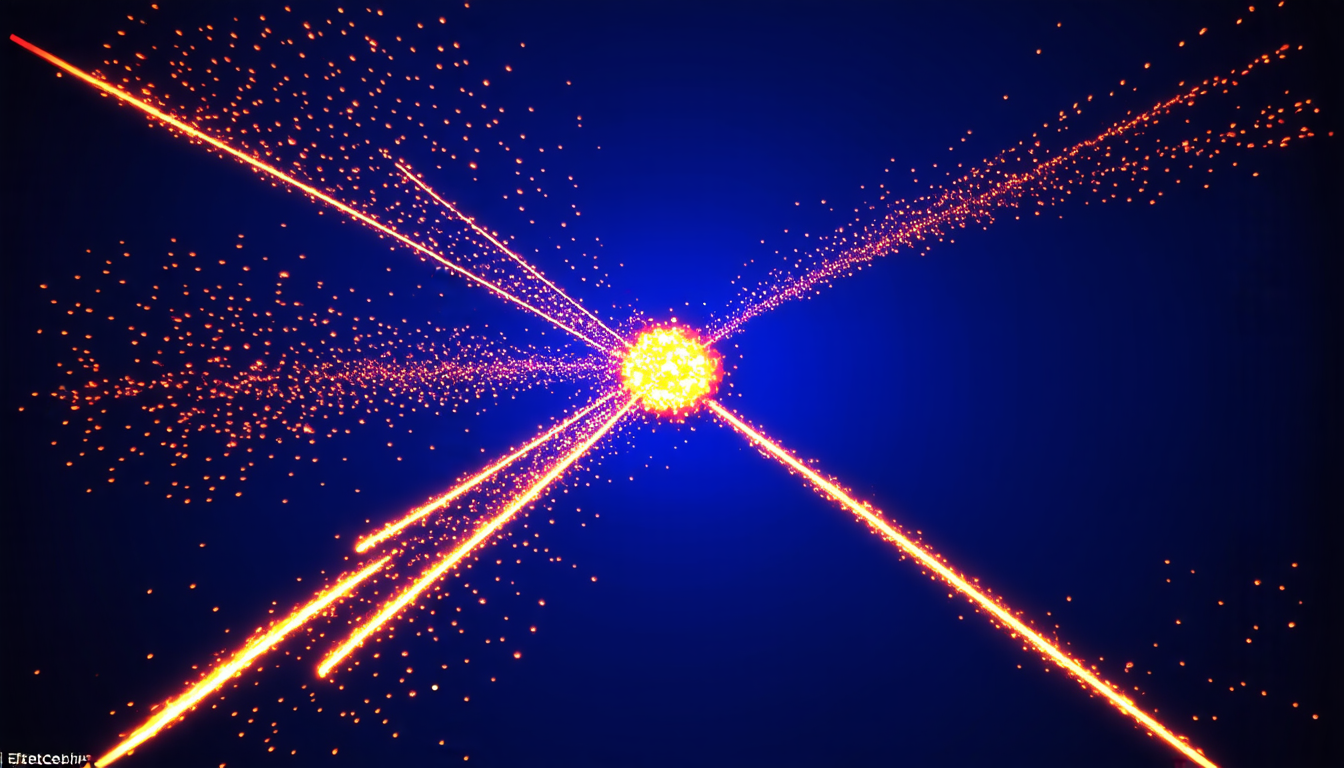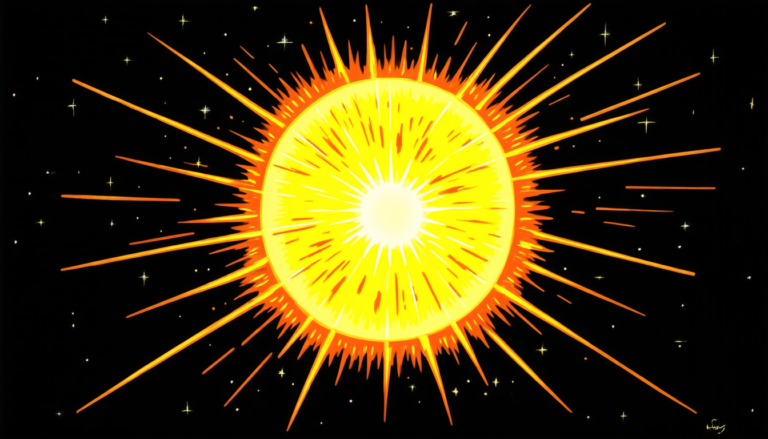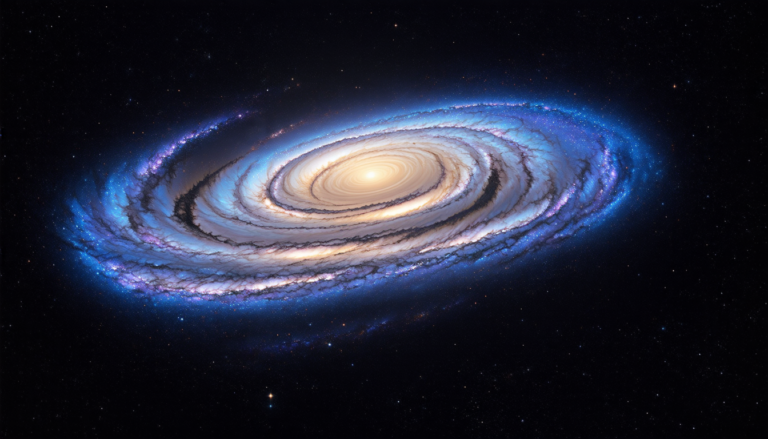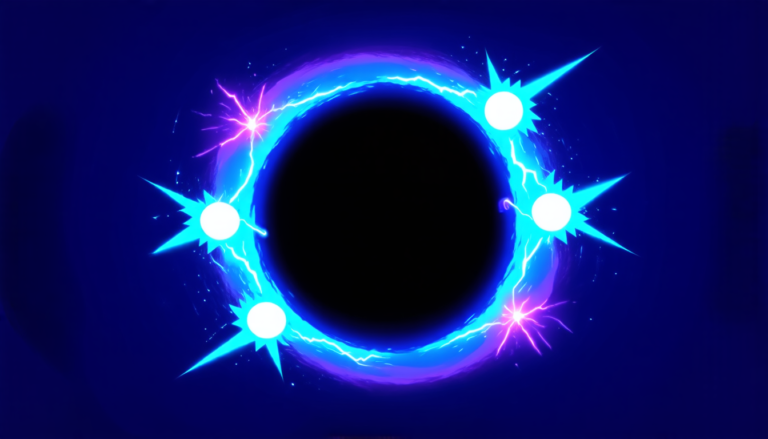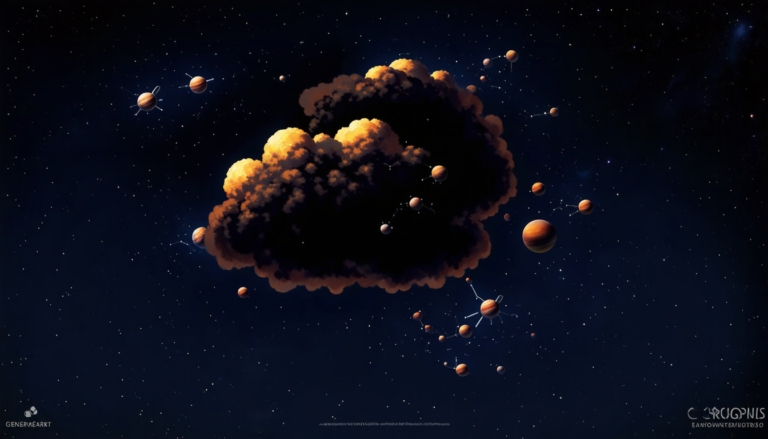Saturday 27 September 2025
Physicists have made a significant breakthrough in understanding how high-energy particles behave when they pass through a hot and dense plasma, such as those created in heavy-ion collisions. This plasma is thought to mimic the conditions that existed in the early universe.
The researchers used a combination of computer simulations and theoretical calculations to study the behavior of these particles. They found that the plasma has a significant impact on the particles’ motion, causing them to lose energy and change direction as they pass through it.
One of the key findings was that the plasma’s effect on the particles is not uniform. The particles tend to lose more energy when they are traveling in certain directions than others. This anisotropy, or asymmetry, is important because it can affect the way that particles interact with each other and with the surrounding plasma.
The researchers also found that the plasma’s effect on the particles depends on their energy. Particles with higher energies tend to lose less energy as they pass through the plasma than those with lower energies. This is because the higher-energy particles are more likely to be scattered in a way that helps them maintain their direction and speed.
These findings have important implications for our understanding of high-energy collisions and the behavior of particles in hot and dense plasmas. They also highlight the need for further research into this area, as there is still much to be learned about these complex systems.
The study’s results were obtained using a combination of theoretical calculations and computer simulations. The researchers used a technique called kinetic theory to describe the behavior of the plasma and the particles that pass through it. This approach allowed them to take into account the interactions between the particles and the plasma, which is important for understanding how the particles behave.
The study’s findings were published in a recent issue of the journal Physical Review D. The research was supported by funding from several organizations, including the Austrian Science Fund and the Vienna Scientific Cluster.
The researchers hope that their work will contribute to a better understanding of high-energy collisions and the behavior of particles in hot and dense plasmas. They also hope that it will help to improve our ability to simulate these complex systems using computer calculations.
Overall, this study is an important step forward in our understanding of high-energy collisions and the behavior of particles in hot and dense plasmas. It highlights the importance of continued research into this area and the potential for future breakthroughs.
Cite this article: “Unraveling the Behavior of High-Energy Particles in Hot and Dense Plasmas”, The Science Archive, 2025.
Plasma, High-Energy Particles, Heavy-Ion Collisions, Early Universe, Computer Simulations, Theoretical Calculations, Kinetic Theory, Particle Interactions, Hot And Dense Plasmas, Collision Physics

